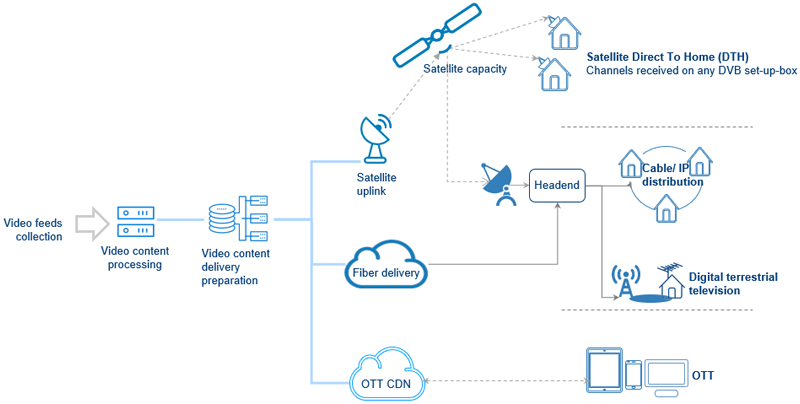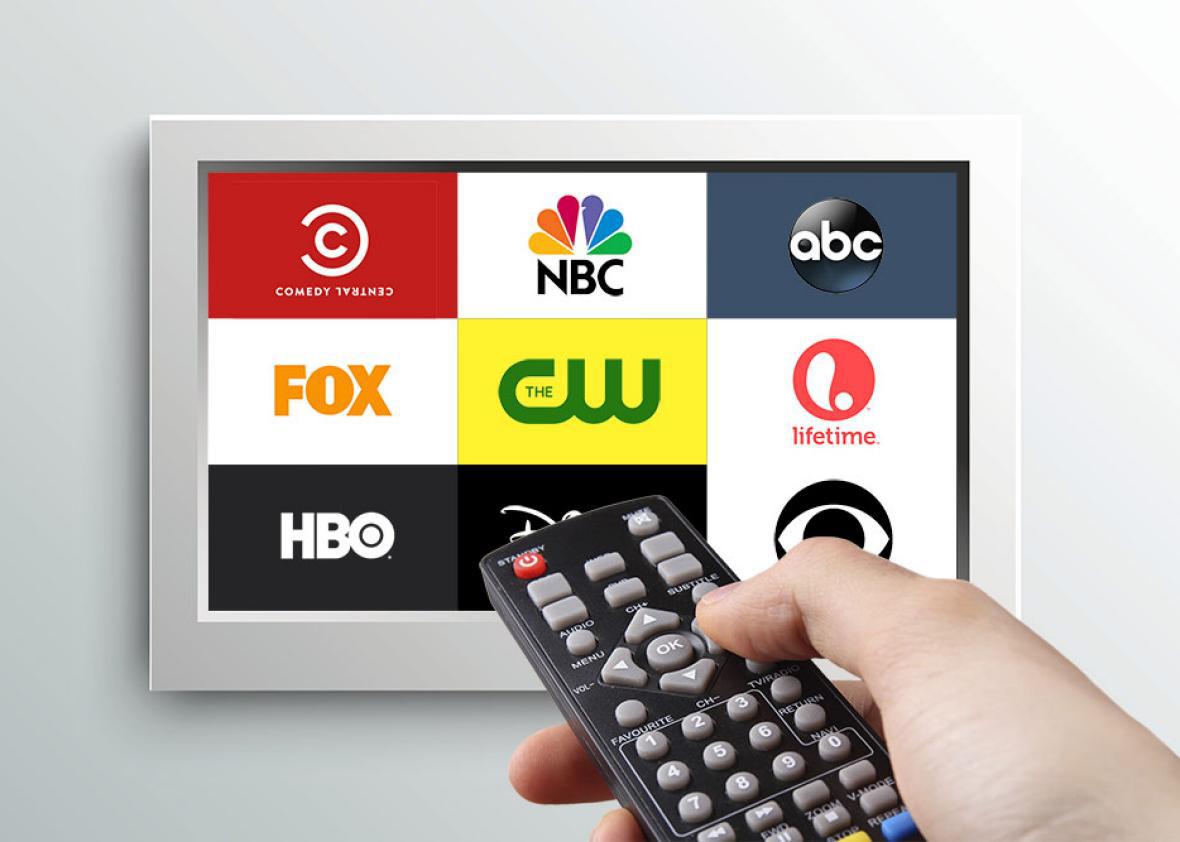Apollo Group Tv - The Facts
Apollo Group Tv - The Facts
Blog Article
Apollo Group Tv Fundamentals Explained
Table of ContentsHow Apollo Group Tv can Save You Time, Stress, and Money.The Best Guide To Apollo Group TvNot known Facts About Apollo Group TvAll about Apollo Group Tv
In this circumstance, instead of having three-minute industrial places throughout a 30-minute television program, TV programs may change to one where a consumer will certainly be called for to have a monthly membership, to make sure that they cen view targeted banner ads. This kind of marketing currently takes place online, and the amount of data television companies collect enables them to do a lot the very same.Define the significant patterns among the broadcasting and cable television networks. Popular radio shows such as cops dramatization Dragnet and western cowboy series Gunsmoke were adjusted for tv, and new TV shows were funded by single advertisers, simply as radio programs had actually been.
Today, the television industry is much a lot more complicated. Programs are funded by several advertisers; shows is controlled by significant media empires; and the three significant networks no much longer dominate the airwaves yet instead share their visitors with many cable television networks. A number of factors make up these trends within the sector, including technical advancements, government laws, and the development of new networks.

Unknown Facts About Apollo Group Tv
Also public television has become based on the influence of advertising and marketing. Established in 1969, (PBS) created out of a record by the Carnegie Payment on Educational Television, which analyzed the role of instructional, noncommercial tv on society. The report advised that the government finance public television in order to give variety of programming during the network eraa service produced "not to sell items" but to "boost citizenship and public service (McCauley, 2003)." Public television was additionally meant to offer global accessibility to tv for audiences in backwoods or viewers that might not afford to pay for private television solutions.
The duration in between 1950 and 1970 is traditionally recognized as the. Besides a little section of airtime controlled by public television, the three major networks (called the Big 3) controlled the tv industry, collectively accounting for more than 95 percent of prime-time watching. In 1986, Rupert Murdoch, the head of international firm News Corp, released the Fox network, testing the prominence of the Big Three.
Targeting young and minority audiences with shows such as Buffy the Vampire Slayer, Moesha, Dawson's Creek, and The Wayans Bros., the new networks really hoped to draw stations away from their old network affiliations. Rather than repeating the success of Fox, UPN and WB had a hard time to make an effect. Not able to attract numerous affiliate stations, both fledgling networks reached less houses than their bigger rivals because they were unobtainable in some smaller sized cities.
This choice led the method for the advancement of cable television film channels, adding to the rapid development of cable television in the 1980s and 1990s. apollo tv. More deregulation of cord in the 1984 Cord Communications Policy Act removed constraints on wire rates, allowing operators to bill what they desired for cable television solutions as long as there worked competitors to the service (a standard that over 90 percent of all wire markets might satisfy)
How Apollo Group Tv can Save You Time, Stress, and Money.

Having actually created the first "superstation," Turner broadened his world by starting 24-hour information network CNN in 1980. At the end of the year, 28 nationwide programming services were offered, and the cord change had actually started. Over the next decade, the industry underwent a period of fast development and popularity, and by 1994 audiences might select from 94 standard and 20 premium cable solutions.
Number 9 - https://apollogtv01.edublogs.org/2024/10/14/apollo-group-tv-app-the-ultimate-streaming-experience/.16 Increased competitors from wire channels has actually created a stable decrease in the networks' target market ratings. During the 1950s, the price of producing a single tv program enhanced as programs came to be much longer and production expenses rose. Sponsorship on network tv changed from single sponsorship, in which a program was entirely supported and generated by one advertiser, to several sponsorship, in which marketers bought 1- or 2-minute areas on the program
Choose one of the Big Four networks and print out its weekly programming schedule. View the network's prime-time programs over the program of a week, noting the target market for each show.
The 6-Minute Rule for Apollo Group Tv

Linear television, commonly referred to as conventional broadcast television, incorporates wire and satellite television. It's called "linear" because material complies with a fixed shows schedule, unlike on-demand content which the private customer determines to watch based on their own preferences and timetable. So, when you ask, "What is linear TV?", think about it as the timeless means of watching TV that has been around for decades.
Report this page